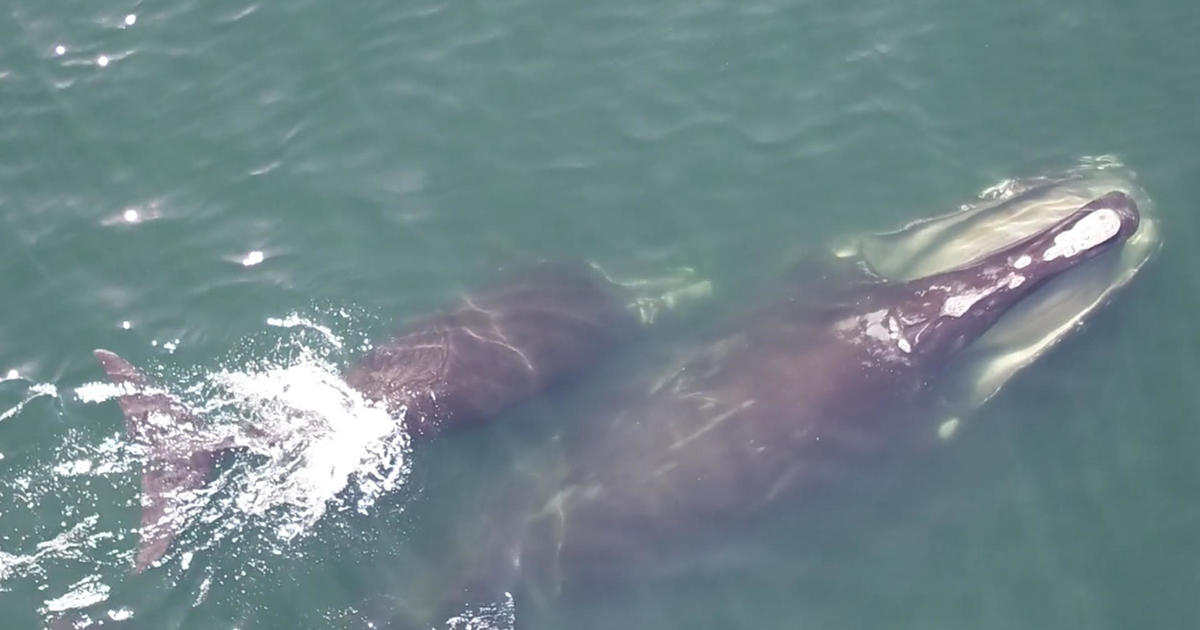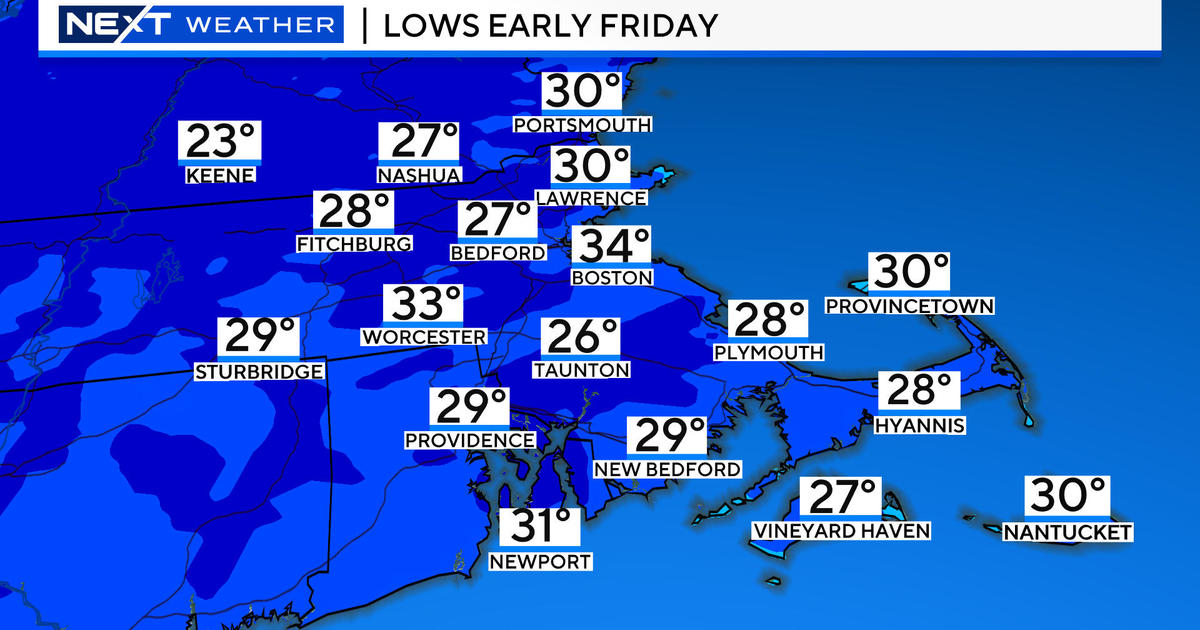NOAA Predicts 'Extremely Active' Atlantic Hurricane Season
BOSTON (CBS) - It may seem like we're in the heart of hurricane season already. There's been plenty of action! The Atlantic has already stirred up nine named storms earlier than any other time on record, with the average date of the ninth named storm usually coming during October. The reality is, hurricane season is just starting. Activity typically starts to ramp up in mid-August with the peak coming fast and furious through September. In other words, there's a long way to go and now is a great time to think about preparations for the rest of the season.
Isaias brought plenty of destruction along with it and is a reminder of how vulnerable we can be to these storms in New England. Wind gusts of 40-65mph alone brought down numerous trees and produced the third greatest power outage in Connecticut history. It simply doesn't take much in our heavily forested and populated region to cause major disruption. Imagine an actual hurricane making landfall? Many living here now actually do have to use their imaginations, because there hasn't been one since Hurricane Bob in 1991. If you're under 35-ish years old, you may have no recollection at all about hurricanes in New England. To find a true big one, you have to go back nearly 70 years. Hurricane Carol in 1954 was the last "Major" Category 3 or higher hurricane to make landfall here. There is no doubt that when a hurricane does return, power outages will last for weeks and you can forget about work from home for a while.
Which brings us to the updated outlook for the 2020 Atlantic Hurricane season. There are a number of outlets that produce their own prognostications, but this week featured two of the most prominent - NOAA's and Colorado State University's.
NOAA is calling for an "extremely active" hurricane season with 19-25 named storms, 7-11 of which will become hurricanes, and 3-6 major hurricanes (Cat 3+). This is one of the most bullish outlooks NOAA has issued in the 22 years they have released them.
CSU is echoing the active call with 24 named storms, 12 hurricanes, and 5 majors. In other words, both are expecting us to blow through the list of tropical cyclone names and move on to the Greek alphabet (keep in mind there are no X, Y, or Z names so we go to "Alpha" after Wilfred).
What's behind these high-end outlooks? Essentially, all the stars meteorologists track to predict the season are aligning.
To start with, the ocean is very warm. Nearly the entire tropical Atlantic currently features warmer than average water temperatures, which provide fuel to developing tropical systems.
We also have a weak La Nina occurring in the Pacific, which in turn offers minimal wind shear across the Caribbean into the Atlantic. July featured the second lowest wind shear on record across the tropical Atlantic, allowing an unusually high number of storms to form.
There are also indications for a very active monsoon season across Africa. These waves leave the continent and then track west of the Cape Verde Islands, and are known to become the most notorious hurricanes we have endured. Sometimes taking up to two weeks to move across the sea to the U.S., they can develop into powerful storms and a higher than usual number of waves could lead to a higher than usual number of hurricanes.
Keep in mind that while these outlooks often do offer a reasonable look at the number of storms expected, they still cannot predict landfalls. A season with just three hurricanes, all of which hit land and cause extreme damage, is a bad one. A season with 14 hurricanes that all go offshore is low impact. So you always want to keep the "it only takes one" mentality when preparing.



